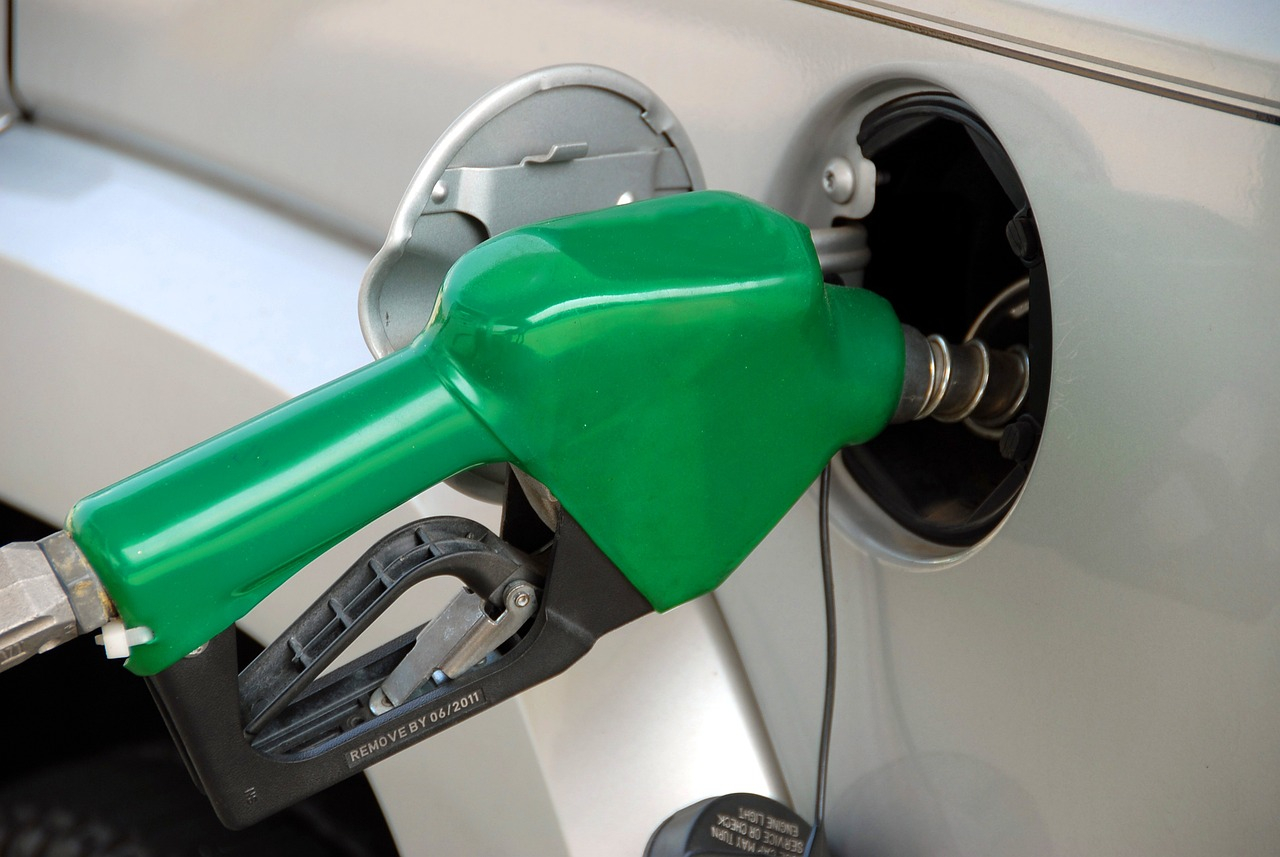Summer blend and its economic impact
During the colder months, gasoline is mixed with butane, an inexpensive additive that facilitates better vehicle performance in low temperatures. Conversely, in warmer weather, refiners use alkylates instead of butane. Alkylates help the fuel burn cleaner but are more expensive to produce, contributing to higher prices at the pump. Patrick de Haan, head of petroleum analysis at GasBuddy, explains that this switch is primarily aimed at reducing air pollution during the peak travel months of summer. This transition can increase gasoline prices by approximately 10 to 15 cents per litre, although this varies depending on the specific blend and region.
Regulatory requirements and environmental considerations
The modification of fuel compositions during summer is mandated in the United States by the Clean Air Act, which requires a lower Reid vapour pressure (RVP) in gasoline sold during the warmer months. In Canada, the RVP standards are set by the Canadian General Standards Board and vary by province and territory, with stricter limits imposed from April 15 to the end of August. These regulations ensure the gasoline evaporates less under high temperatures, thus minimizing emissions and enhancing air quality.
Logistics and supply chain dynamics
The transition from winter to summer gasoline not only involves changes in chemical composition but also affects logistics and supply chain dynamics. Refineries begin to wind down the production of winter gasoline as early as February, reducing overall supply. This period also coincides with annual maintenance on refinery infrastructure, further tightening the availability of gasoline and pushing prices higher. Dominic Michiels, a sulphur supply manager and former retail manager for Shell, notes that maintenance usually occurs during the spring and fall - the off - peak driving seasons in Canada. The combined effect of reduced supply and ongoing maintenance results in the largest regular price hike each spring.
Strategic pricing in a competitive market
Despite these seasonal challenges, competition among gas stations remains fierce. Retailers closely monitor each other's pricing, making strategic adjustments to either attract more customers or manage their existing fuel supplies efficiently. Michiels advises drivers to consider filling up at the beginning of the week to potentially benefit from lower prices, as demand typically increases closer to the weekend. As summer approaches, understanding these factors can help consumers navigate the complexities of fuel pricing and manage their fuel expenses more effectively.
Source: CBC


 Visual content is essential for capturing audience attention and conveying your brand message effectively.
Visual content is essential for capturing audience attention and conveying your brand message effectively.
 n the arena of digital advertising and sales, a powerful email series can be the key to nurturing leads, final
n the arena of digital advertising and sales, a powerful email series can be the key to nurturing leads, final This week, several automakers have announced recalls for various vehicle models, citing issues ranging from braking defects to faulty headlamps.
This week, several automakers have announced recalls for various vehicle models, citing issues ranging from braking defects to faulty headlamps.

